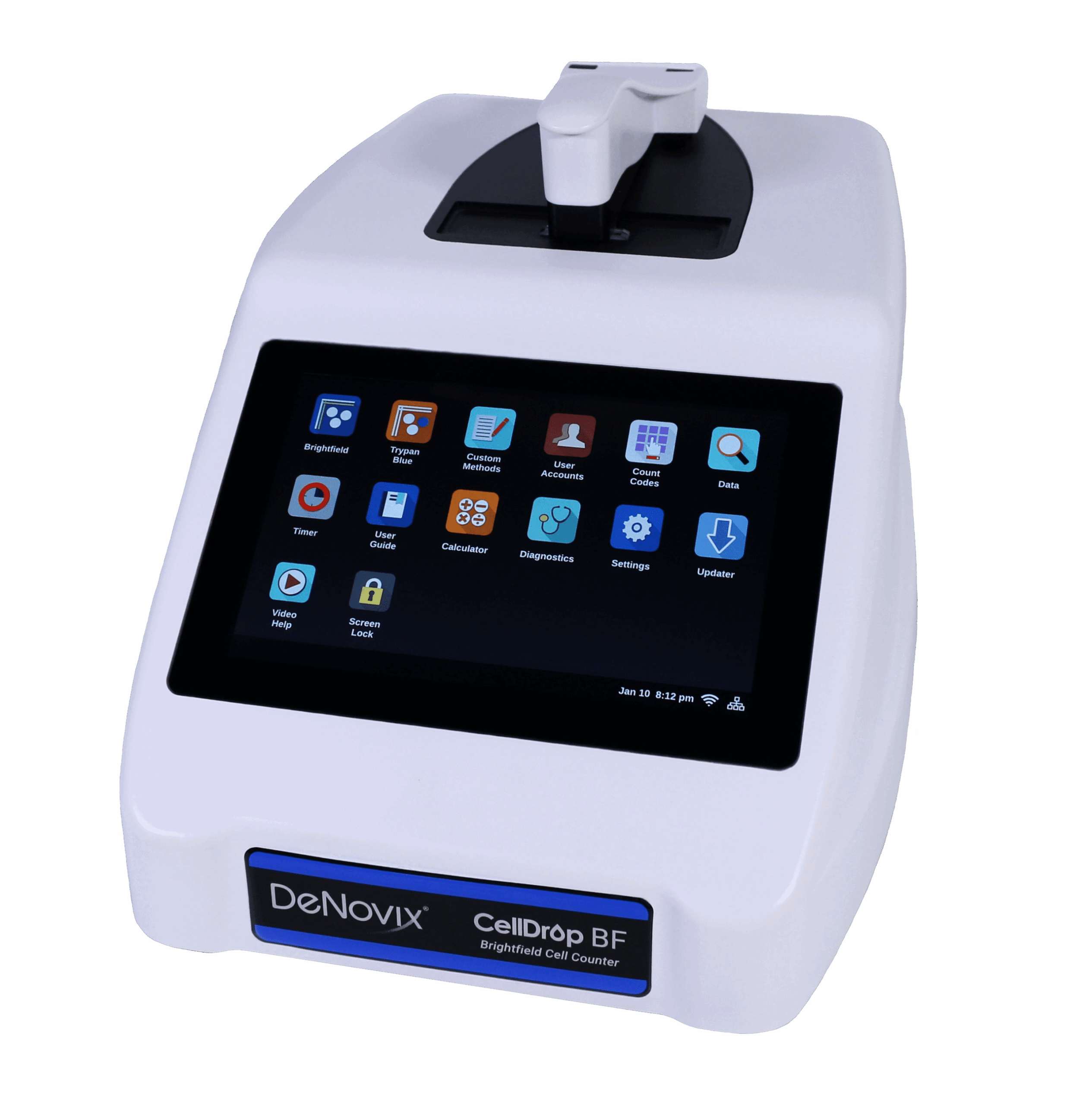Benchtop Cell Counters for Cell Culture, Viability Assays & High-Throughput Labs
Accurate cell counts and viability assessments are foundational for cell culture, drug development, stem cell research, immunology, and bioprocessing workflows. ARES Scientific offers an extensive selection of benchtop cell counters designed to streamline and standardize cell quantification—reducing manual counting errors while improving throughput and reproducibility. :contentReference[oaicite:0]{index=0}
Our cell counter product range includes automated image-based counters, impedance-based systems (Coulter principle), handheld disposable solutions, and multi-sample high-throughput instruments. Whether you’re counting mammalian adherent cells, suspension cultures, primary cells, or microbial populations, the right instrument supports critical workflows including viability testing, transfection monitoring, and cell therapy workstreams. :contentReference[oaicite:1]{index=1}
At ARES Scientific we guide labs through key selection criteria like sample type compatibility, throughput needs, viability detection, software/export capabilities, and regulatory readiness (e.g., GMP, GLP, 21 CFR Part 11). With accurate counts, you can optimize seeding densities, standardize assays, and ensure meaningful downstream results for your research or production environment.
Key Selection Factors for Benchtop Cell Counters
- Cell type & size range: Ensure the instrument handles the cell types you work with—adherent, suspension, primary, small/large cells.
- Viability & aggregation analysis: Automated systems now assess viable vs dead cells, percentage aggregates, and provide size distribution. :contentReference[oaicite:2]{index=2}
- Throughput & sample format: Single slide/micro-chamber vs multi-well plate workflows—select based on volume and speed needs.
- Data export & compliance: Look for software-compatible counters that export CSV/PDF, support audit trails, and integrate into lab information systems.
- Footprint & ease of use: Benchtop cell counters should fit your lab workflow, be easy to maintain, and reduce user-to-user variability. :contentReference[oaicite:3]{index=3}
Frequently Asked Questions About Cell Counters
What is the difference between manual counting and automated cell counters?
Manual counting using a hemocytometer requires user skill and introduces variability; automated cell counters use image-analysis or impedance methods to deliver faster, more reproducible results. :contentReference[oaicite:4]{index=4}
Which technology is best: image-based or impedance-based cell counting?
Impedance (Coulter) counters offer robust sizing/counting but may lack viability data; image-based counters provide viability, count, size, and aggregates but may require staining or consumables. Choose based on your assay’s requirements. :contentReference[oaicite:5]{index=5}
How often should a cell counter be calibrated or validated?
For regulated labs (GMP/GLP), periodic validation, calibration, and maintenance of the counting instrument and software are essential to ensure accuracy and reproducibility. Look for instruments with service support and audit logs.
Can automated cell counters measure viability and aggregate counts?
Yes—modern automated counters can assess live vs dead cells (via dye exclusion or fluorescent labeling), measure cell size and aggregate formation, and export metadata for downstream analysis. :contentReference[oaicite:6]{index=6}

DeNovix CellDrop™ Automated Cell Counters
Quote• Count Cells Without Slides™: No need for disposable counting slides or hemocytometers
• DirectPipette™ Technology: Directly pipette onto optical sapphire surfaces and wipe clean after use, allowing for rapid and accurate measurements with n...

